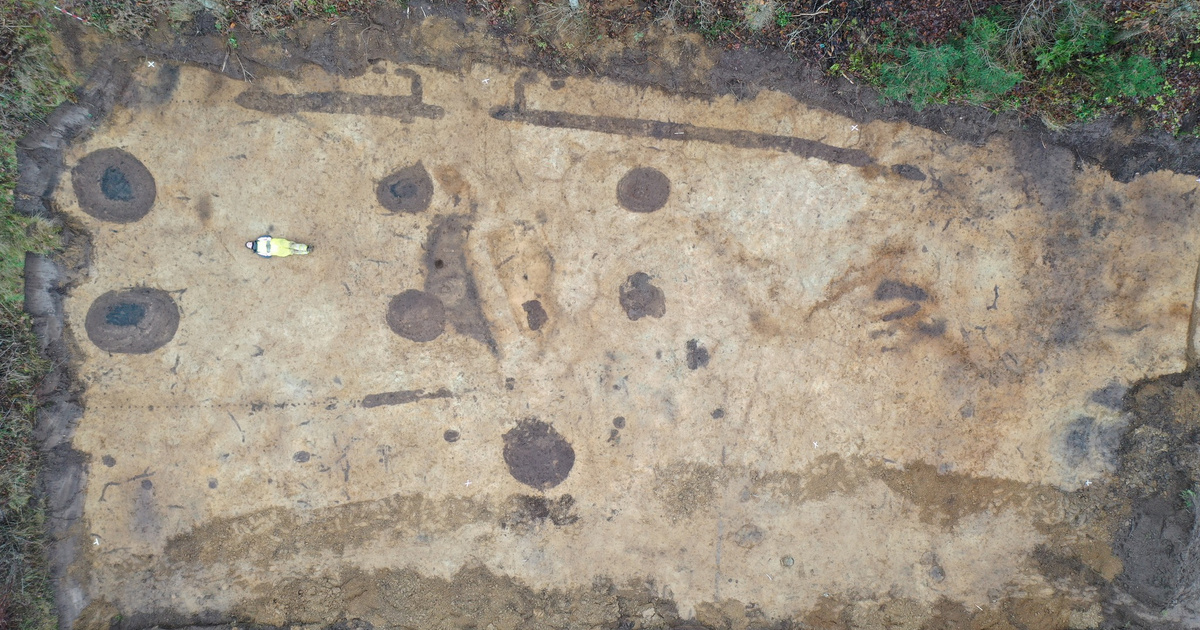For ten years, no Vikings of this magnitude had ever been discovered right Now In Denmark, near a village called Hune. According to archaeologists, the building is late Viking It may date from the 19th century and may have served as a community space where political rallies and other events could be held between the end of the 9th century and the beginning of the 11th century.
In addition to the newly discovered hall, there could be more homes in the area, said Thomas Rune Knudsen, excavation leader and archaeologist at North Jutland Museum, because such a building rarely stands alone. Based on a nearby limestone examination, the property may have been the farm of the noble family of Runulv den Radsnilde. The inscription on limestone, about 5 meters high:
Hof, Thorkild, and Thorbjorn claimed the stone of their father, Ronulf den Rudsneld.
According to archaeologists, the stone stone and the hall belonged to the same elite social class, so they are supposed to be related.
The building was 40 meters long and 9-10 meters wide, and the roof was supported by 10-12 rows of oak columns. This is larger than known house sizes at the time, so it could be an important community building. The layout of the hall is similar to those found by archaeologists in the fortifications of Harald I, for example near the settlement of Hobro. Harald I, or Blue Tooth, who ruled from 958 to 985 AD, united Scandinavia and converted the Danes to Christianity, and was also Same name Also data transmission standard, bluetooth.
Archaeologists have only partially excavated the Viking Hall, and now radiocarbon dating will follow, so they can estimate the building’s age more precisely.












































